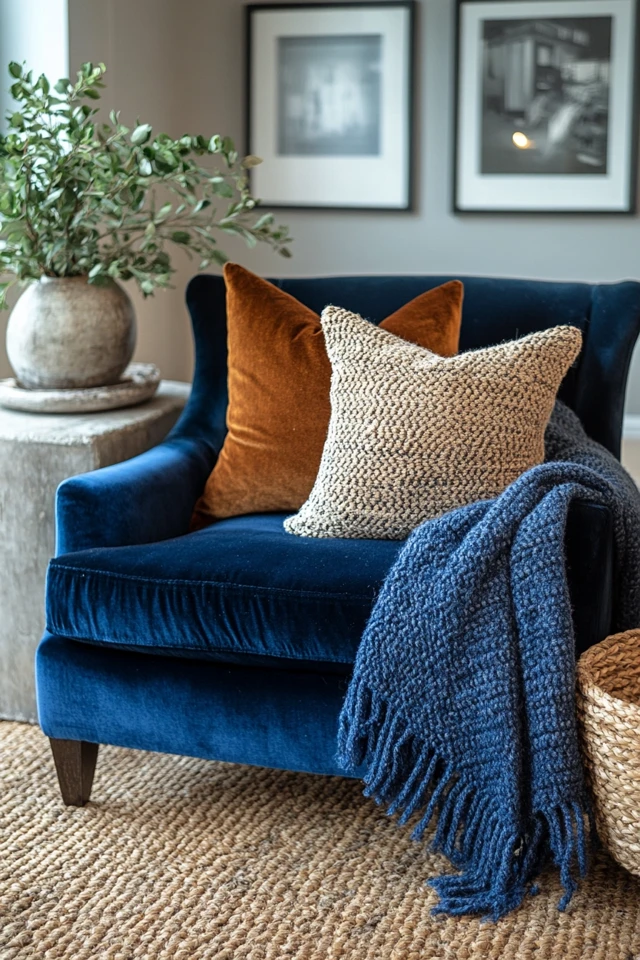Creating a visually dynamic and inviting home goes beyond just choosing the right colors or furniture. The secret to a rich and cohesive design lies in mixing textures. By combining smooth, rough, soft, and hard materials, you add depth, interest, and personality to your space.
In this ultimate guide, we’ll explore how to mix textures like a pro, from layering fabrics to balancing natural materials, and creating a home that’s both stylish and cozy.
1. Understand the Role of Texture in Interior Design
Texture refers to the tactile and visual quality of a surface, whether it’s smooth, rough, shiny, or soft. It plays a critical role in creating depth and contrast, making a space feel more dynamic and inviting.
Why Texture Matters:
- Adds dimension to neutral color schemes.
- Makes a room feel cozy and lived-in.
- Highlights specific elements like furniture or architectural details.
- Creates a balance between hard and soft elements.
Pro Tip: Think of texture as the final layer of your decor—it’s what turns a functional space into a stylish retreat.
2. Start With a Balanced Base
Before layering textures, establish a balanced foundation for your space. Choose a neutral color palette to serve as a backdrop, allowing your textures to stand out.
Foundation Ideas:
- Neutral walls in white, gray, or beige.
- Flooring in wood, concrete, or tile with a matte finish.
- Furniture with clean lines and solid-colored upholstery.
Pro Tip: A monochromatic base ensures that the textures don’t compete with bold colors or patterns.
3. Combine Contrasting Textures
The key to successfully mixing textures is contrast. Pair materials with opposing characteristics to create interest and harmony.
Contrasting Texture Combinations:
- Soft and Rough: Pair a plush velvet sofa with a chunky knit throw or a jute rug.
- Smooth and Matte: Combine polished marble surfaces with matte black metal accents.
- Natural and Industrial: Mix reclaimed wood with sleek metal or concrete.
Pro Tip: Use contrast strategically to highlight focal points, like a coffee table or headboard.
4. Layer Fabrics for Warmth and Depth
Fabrics are an easy and versatile way to incorporate texture into your home. Layering different fabrics adds warmth, softness, and dimension to any room.
How to Layer Fabrics:
- Living Room: Use a mix of throw pillows in cotton, velvet, and linen. Add a chunky knit blanket or a faux fur throw for extra coziness.
- Bedroom: Pair crisp cotton sheets with a quilted duvet and a textured bedspread. Layer in throw pillows with fringe or tassels for added interest.
- Dining Room: Add a linen tablecloth, woven placemats, and napkins with embroidered details.
Pro Tip: Stick to a cohesive color palette when layering fabrics to avoid a cluttered look.
5. Incorporate Natural Materials
Natural textures bring an organic, timeless feel to your decor while adding depth and variety.
Popular Natural Materials:
- Wood: Use raw or reclaimed wood for furniture and shelving.
- Stone: Incorporate marble, granite, or slate in countertops or accent pieces.
- Wicker and Rattan: Add woven chairs, baskets, or light fixtures.
- Leather: Use leather in chairs, sofas, or decorative accents.
Pro Tip: Mix natural materials with soft fabrics, like linen or wool, to balance their roughness.
6. Play With Textured Accessories
Accessories are the easiest way to experiment with texture without making major changes.
Ideas for Textured Accessories:
- Rugs: Add a shag, sisal, or patterned rug for a tactile foundation.
- Decorative Bowls: Choose ceramic, wooden, or hammered metal bowls for tabletops.
- Planters: Use concrete, terracotta, or woven baskets to house greenery.
- Wall Art: Opt for framed textiles, macramé, or textured canvases.
Pro Tip: Group accessories in odd numbers and vary their heights to create a balanced vignette.
7. Use Texture to Define Spaces
Texture can help distinguish different areas within an open-concept home or create focal points in individual rooms.
How to Define Spaces:
- Rugs: Use rugs with different textures to delineate areas like the living and dining spaces.
- Accent Walls: Add a wood paneling, brick, or wallpaper accent wall for visual interest.
- Furniture Finishes: Mix upholstery, wood, and metal finishes to define seating areas.
Pro Tip: Repeat similar textures across different zones for a cohesive flow.
8. Balance Texture With Scale and Proportion
When mixing textures, consider the scale and proportion of each element to avoid overwhelming the space.
Balancing Tips:
- Use large, bold textures sparingly, such as a chunky knit blanket or a faux fur rug.
- Balance smaller, intricate textures with smoother surfaces to create harmony.
- Avoid clutter by sticking to two or three dominant textures per room.
Pro Tip: Step back and assess your space regularly to ensure no single texture overpowers the room.
9. Experiment With Lighting to Enhance Texture
Lighting plays a crucial role in showcasing texture. The way light interacts with surfaces can emphasize their unique qualities.
Lighting Tips:
- Use pendant lights to highlight textured walls or furniture.
- Add table lamps with fabric or rattan shades to diffuse light softly.
- Incorporate LED strip lights under shelves to accentuate wood grain or stone finishes.
Pro Tip: Play with shadows and highlights to enhance the depth and detail of textured elements.
10. Personalize Your Space With Unique Textures
Adding personal touches through texture makes your home truly one of a kind. Incorporate heirloom pieces, DIY projects, or handmade items for a unique look.
Personalization Ideas:
- Handwoven Throws: Showcase handmade blankets or rugs.
- Vintage Finds: Use distressed or antique furniture for character.
- DIY Projects: Create your own macramé wall hangings or textured pottery.
Pro Tip: Mix these unique elements with store-bought decor for a balanced, curated look.
Picture Gallery
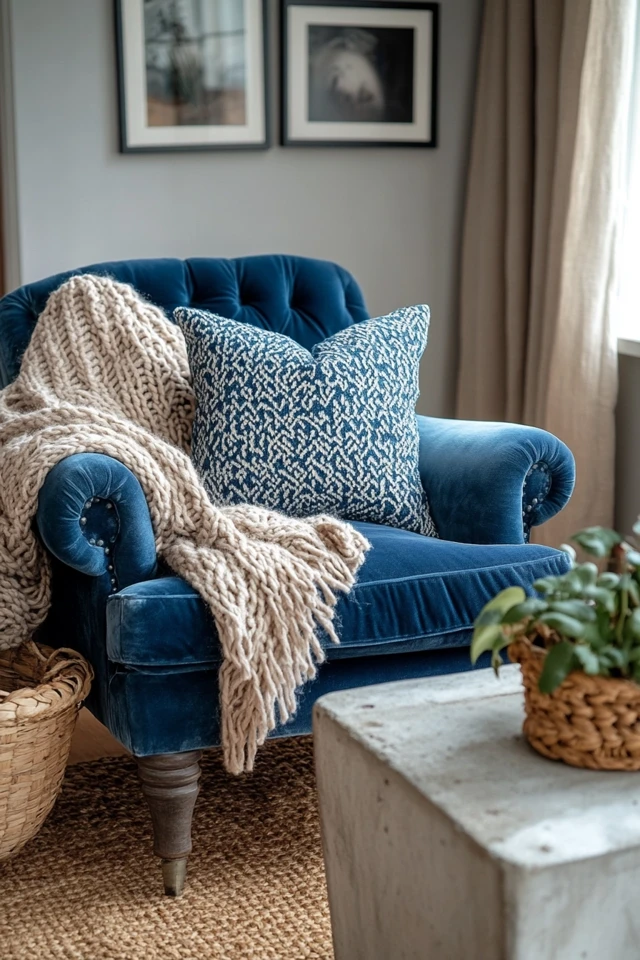
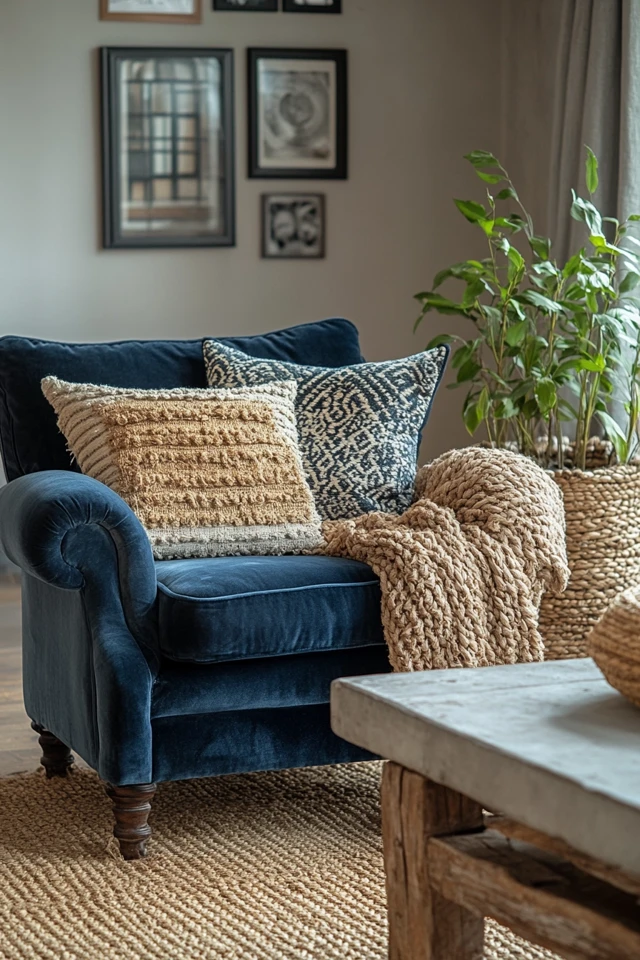
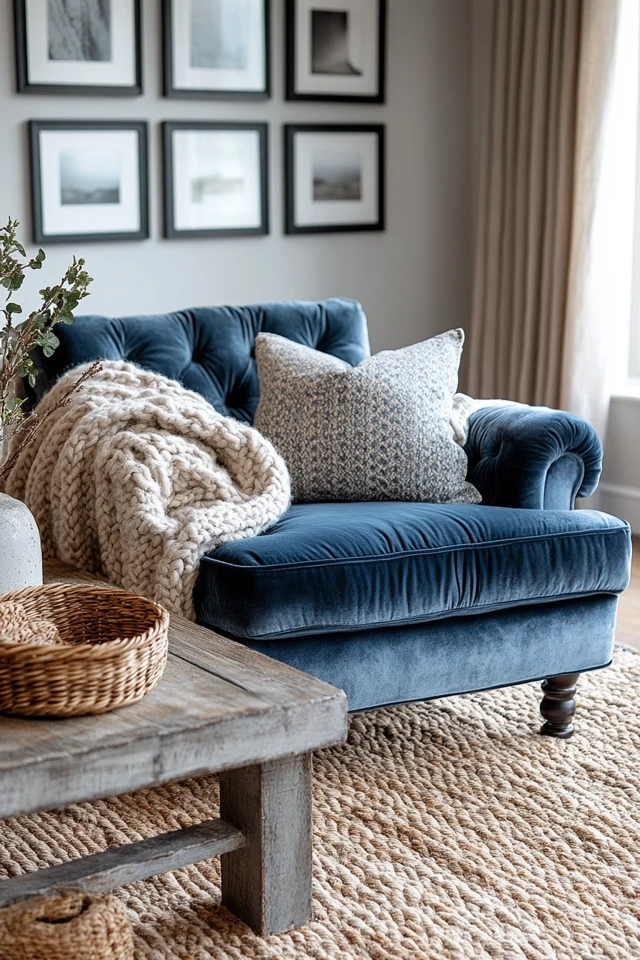
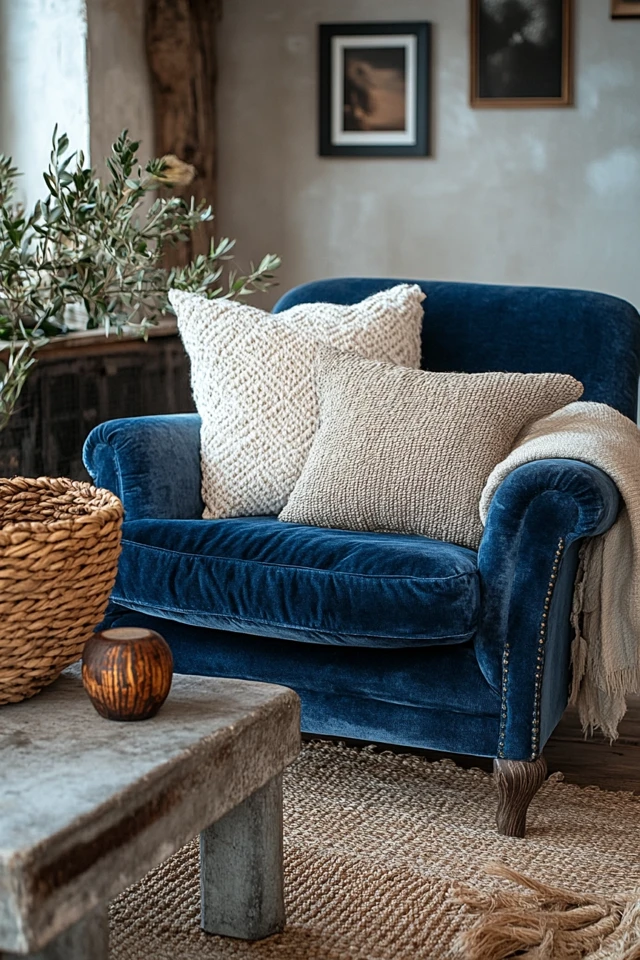
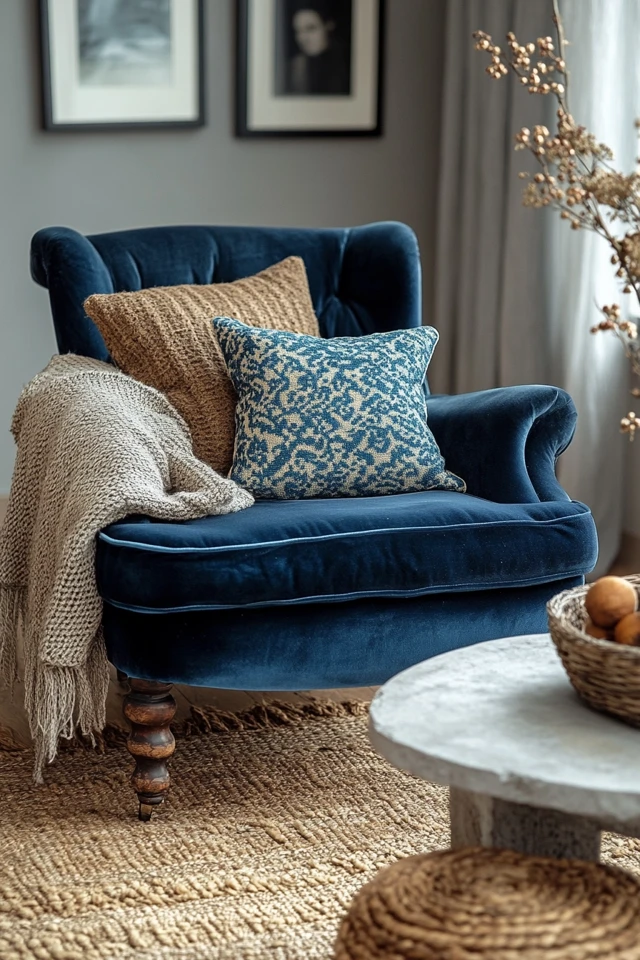
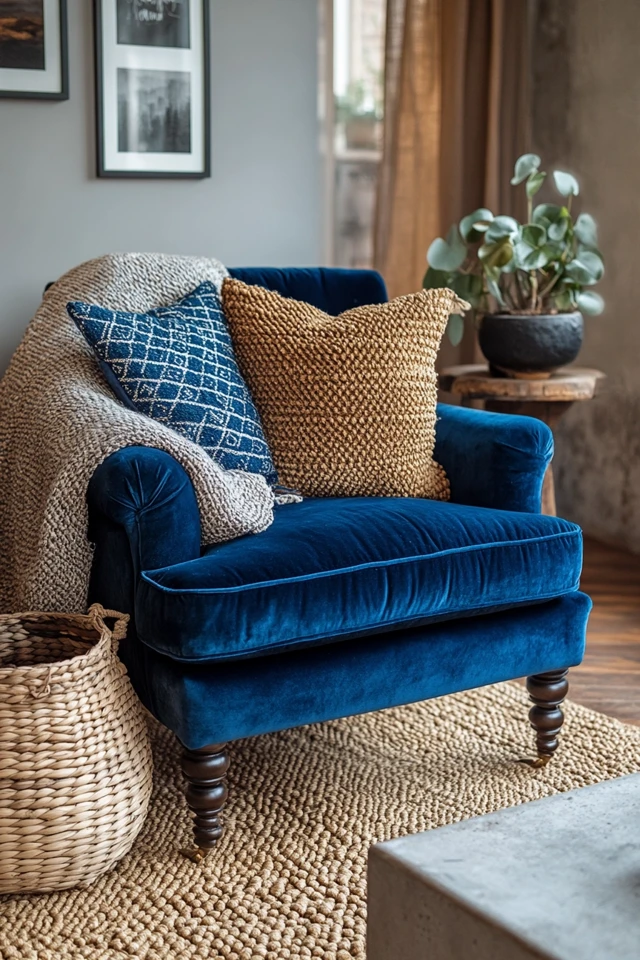
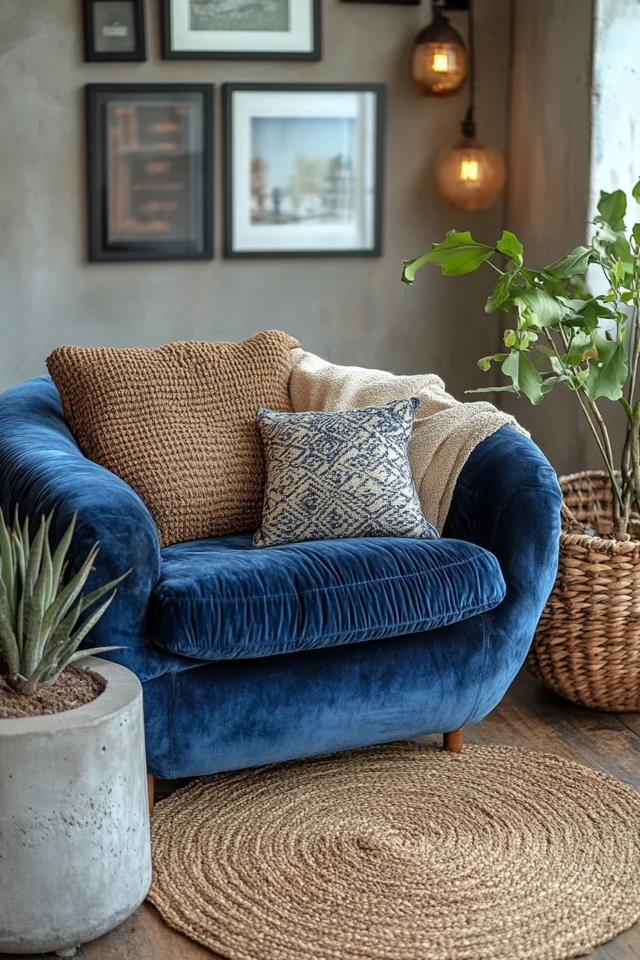
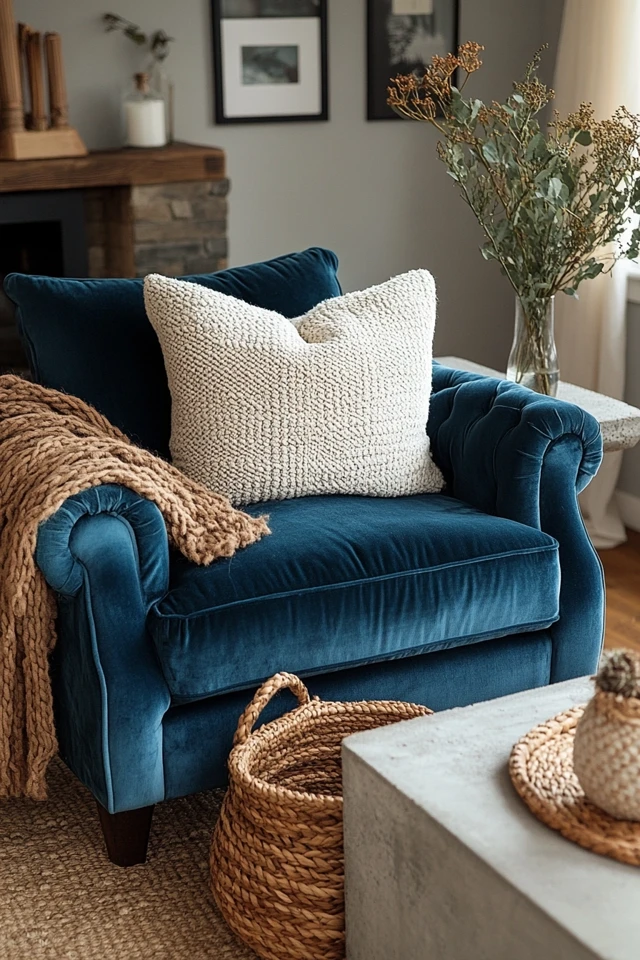
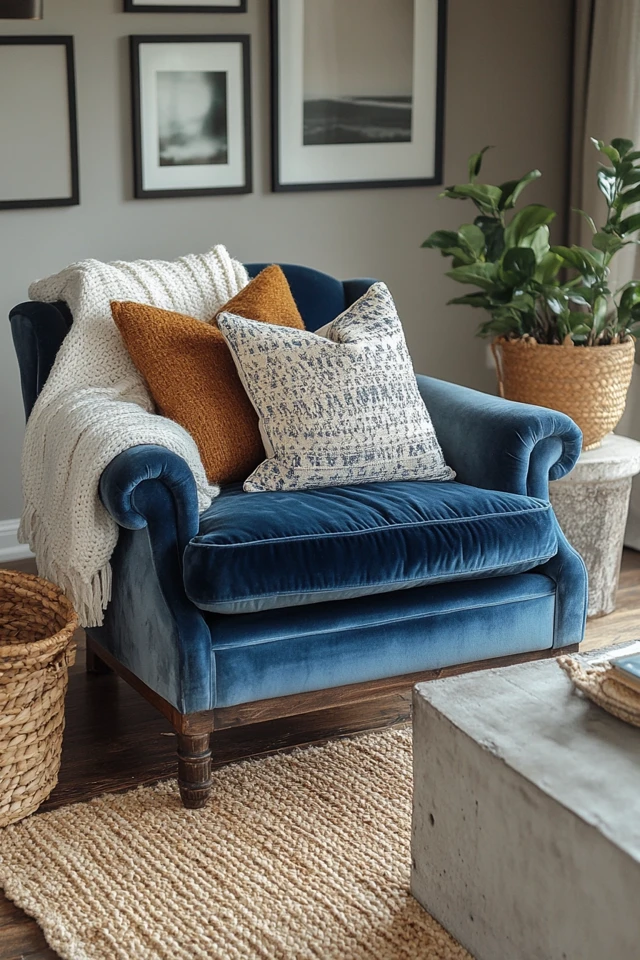
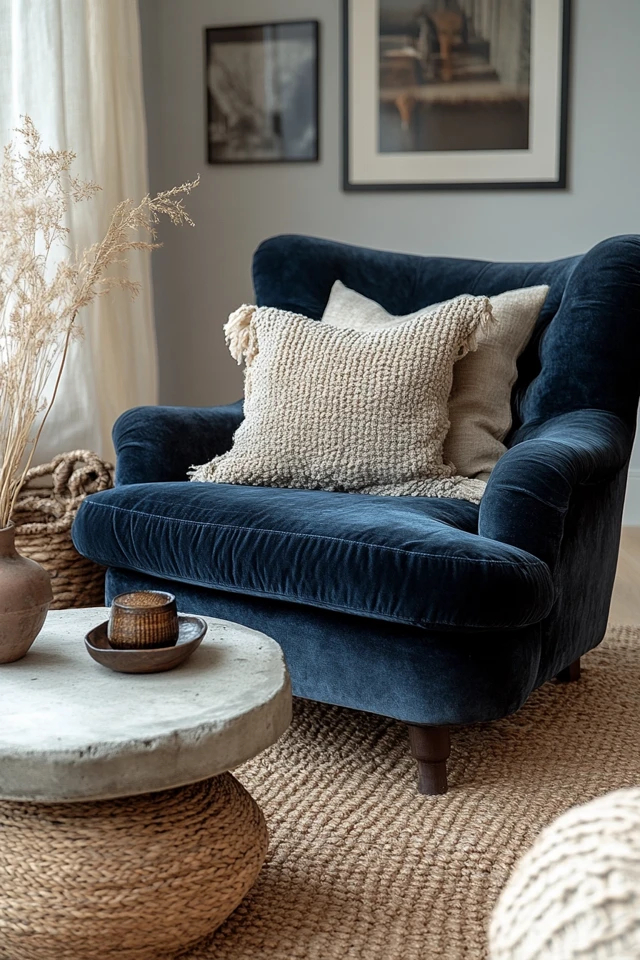
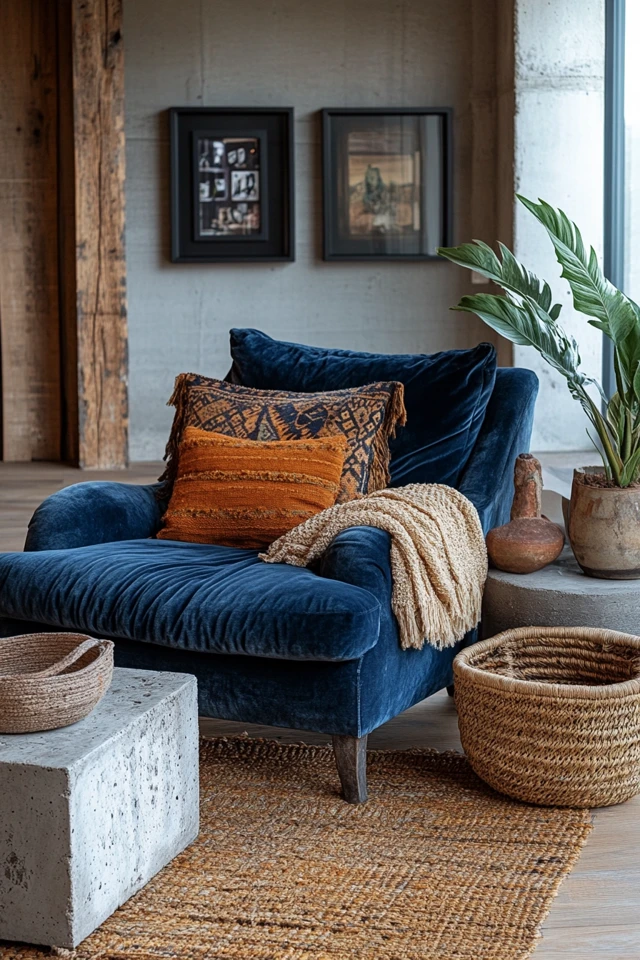
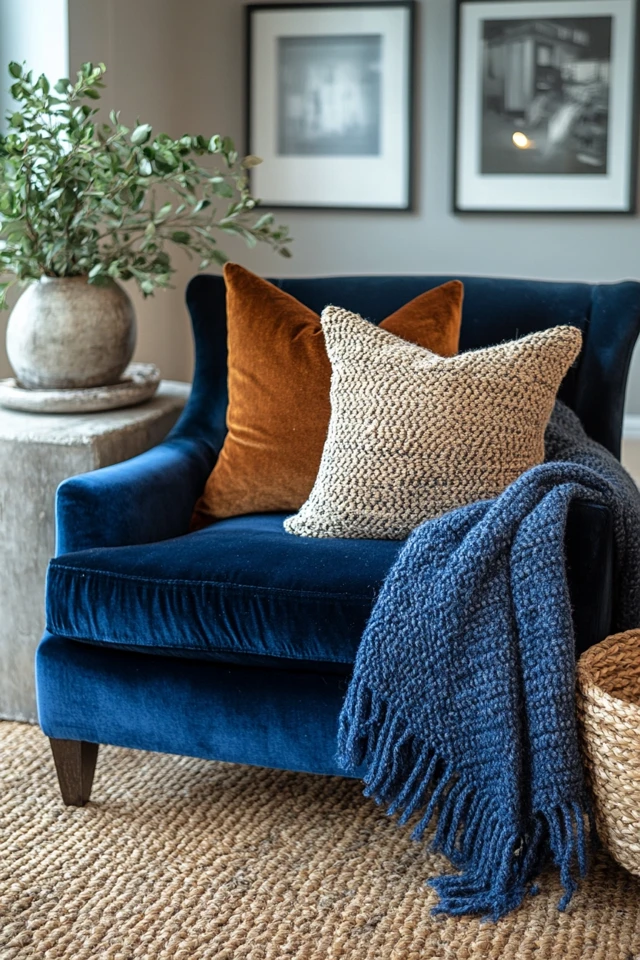
Conclusion
Mixing textures is an art that transforms your home into a stylish, layered, and welcoming space. By combining contrasting materials, layering fabrics, and incorporating natural elements, you can create a design that feels dynamic and cohesive.
Remember, the key to success is balance—use textures strategically to highlight focal points, define spaces, and add personality without overwhelming the room. With these tips, you’ll master the art of texture and elevate your home decor to new heights.
FAQ
1. Why is texture important in home decor?
Texture adds depth, interest, and balance to your space, making it feel dynamic and inviting.
2. What’s the easiest way to mix textures in a room?
Start with textiles like pillows, throws, and rugs, and then add natural materials like wood or stone for contrast.
3. Can I mix multiple textures in a small space?
Yes, but stick to a cohesive color palette and limit the number of dominant textures to avoid a cluttered look.
4. How do I incorporate texture into a minimalist design?
Focus on subtle textures like matte finishes, soft fabrics, and natural materials to maintain a clean, understated look.
5. What textures pair well with modern interiors?
Smooth surfaces like glass or polished metal pair beautifully with natural textures like wood, leather, or concrete in modern interiors.

